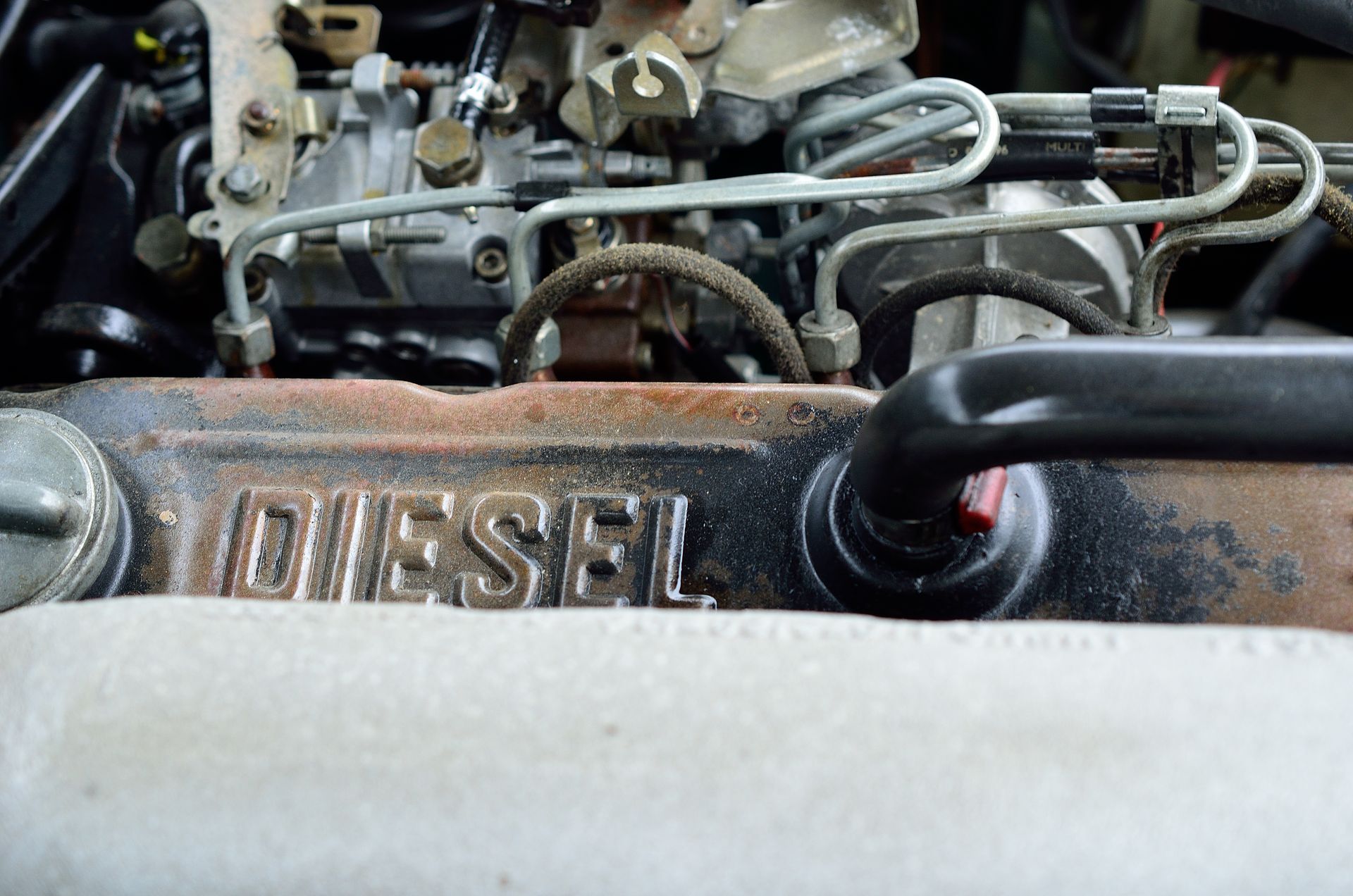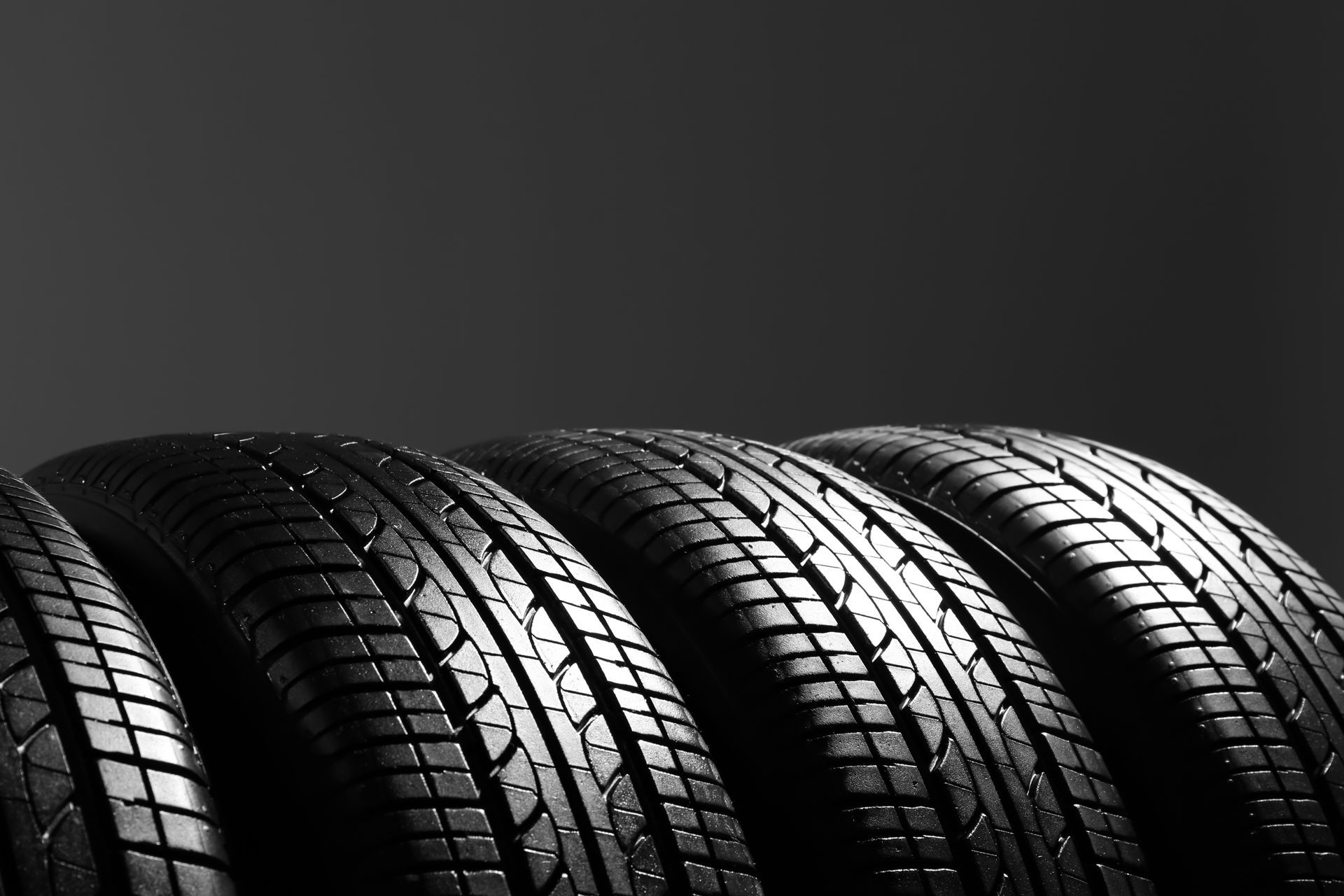Loading ...
Missing business hours data / Error occurred while getting the data.
24 hour service, After hours towing
Loading ...
Missing business hours data / Error occurred while getting the data.
24 hour service, After hours towing
How Do I Know If My Timing Belt Needs Replacing?
August 26, 2024
The timing belt is a critical component in your vehicle that is often overlooked until it begins to fail. If you are wondering when and how to replace it, you are not alone. The timing belt ensures that your engine's valves and pistons work together in harmony, but it can wear out over time. Ignoring it can result in significant engine damage and expensive repairs. How do you know if it's time for a replacement? Let's review the key signs that indicate your timing belt may be nearing the end of its lifespan and what you should do about it.
What Does the Timing Belt Do
Before explaining the signs of a failing timing belt, it’s essential to understand its role in your car’s engine. The timing belt synchronizes the movement of your engine’s crankshaft and camshaft. In simpler terms, it ensures that the valves open and close at the right moments, allowing your engine to run efficiently. Without a properly functioning timing belt, your engine's delicate internal components could collide, resulting in a major malfunction.
Signs That Your Timing Belt Needs Replacing
So, how can you tell if your timing belt is due for a replacement? While most manufacturers recommend replacing the belt every 60,000 to 100,000 miles, there are other factors that can contribute to wear and tear. Keep an eye out for these warning signs to avoid sudden breakdowns:
1. Engine Misfires
If your engine is misfiring, it could be an indication that the timing belt is slipping out of place. Since the belt controls the opening and closing of valves, a worn-out belt can cause the engine to lose synchronization. As a result, one or more cylinders might fire at the wrong time, leading to a rough-running engine. If left unchecked, this can damage your engine further.
2. Ticking or Clicking Noises
A ticking sound coming from your engine is often a red flag that your timing belt is starting to fail. The belt’s teeth grip various gears and pulleys to maintain the engine's rhythm. Over time, the teeth can wear down or break off, causing a ticking noise as the belt slips. This is not a sound you want to ignore. If you hear it, it’s best to get your vehicle inspected immediately.
3. Engine Won't Start or Turns Over Roughly
If your car is struggling to start or cranking roughly, it could mean the timing belt has snapped or slipped out of place. When this happens, the engine’s valves and pistons are no longer synchronized, preventing the engine from starting properly. In some cases, a broken timing belt can lead to catastrophic engine damage. If your car refuses to start and you suspect timing belt issues, it's critical to get it checked as soon as possible.
4. Visible Wear on the Belt
Sometimes, the most obvious sign that your timing belt needs replacing is visible wear and tear. If you’re comfortable doing so, pop open the hood and inspect the belt for any signs of cracking, fraying, or glazing. If the belt looks worn or damaged in any way, it’s a good indicator that it’s nearing the end of its life and should be replaced soon to prevent further issues.
5. Oil Leaks from the Timing Belt Cover
A less obvious sign that your timing belt needs attention is oil leaking from the timing belt cover. When the timing belt wears down, it can cause the tensioner and other components within the engine to malfunction. This, in turn, can lead to oil leaking onto the belt itself, accelerating wear and tear. If you notice oil spots under your car or see oil pooling near the timing belt, it’s time to get a professional opinion.
Consequences of Ignoring a Faulty Timing Belt
Letting a failing timing belt go unchecked can result in serious engine damage. If the belt snaps while driving, the pistons and valves may collide, causing internal engine damage that can be extremely expensive to repair. Replacing a timing belt as part of routine maintenance is a far more cost-effective solution than dealing with a broken engine down the line. Always refer to your vehicle’s maintenance schedule, but if you notice any of the warning signs mentioned, don't delay in getting it replaced.
When Should You Replace the Timing Belt?
It’s generally recommended that you replace your timing belt every 60,000 to 100,000 miles, depending on your car’s make and model. However, if you frequently drive in extreme weather conditions or stop-and-go traffic, your timing belt may wear out faster. Some vehicles have a timing chain instead of a belt, which lasts longer but can still fail over time. Always consult your owner’s manual for specific recommendations and speak to a trusted repair shop if you're unsure about the status of your belt.
Worried about your timing belt? At
Oneida Service Center, we can do timing belt replacements to ensure your engine stays in sync. Our experienced technicians can help you avoid the risks of a worn-out belt. Book your inspection with us today!
24 hour service, After hours towing
Loading ...
Missing business hours data / Error occurred while getting the data.
having trouble finding us?
Loading ...
Missing nap lines data / Error occured while getting the data.










